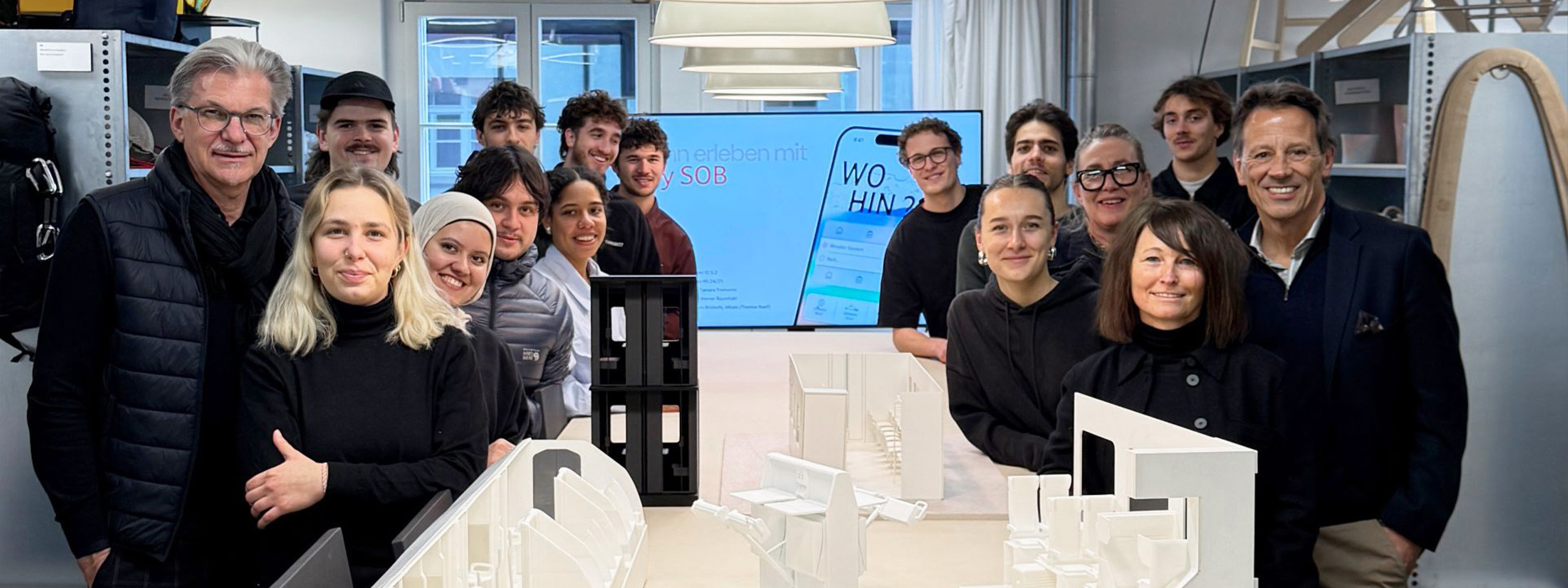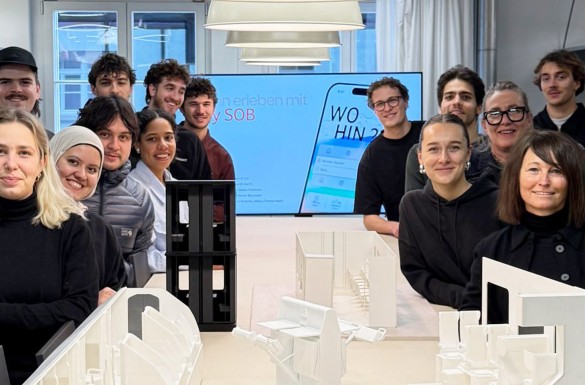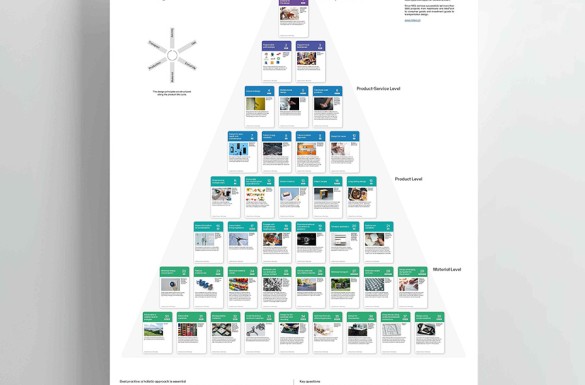REALITY CHECK - part 2
Designing the Future of Mobility – A Hands-on Project with SOB and FHNW
How can we encourage car drivers to switch to trains? What must be in place for rail travel to become a real alternative? These were the questions tackled by Industrial Design students from FHNW – guided by Milani Design and commissioned by the Swiss South Eastern Railway (SOB). After introducing the first three projects, we now present three more exciting concepts that demonstrate how innovative design can make rail travel more attractive.


From Idea to Design Solution: Shaping the Future of Rail Travel
Led by Prof. Werner Baumhakl, Prof. Nicole Schneider, and Therese Naef, students dived deep into the world of transportation design. How do ideas become market-ready solutions? What does it take to collaborate with a real client? And how can innovative concepts not only inspire but also work in practice?
After already introducing three exciting projects, we now present the second round: Three more forward-thinking solutions designed to attract more people to rail travel.
The results speak for themselves: Each concept demonstrates that the future of mobility is more flexible, comfortable, and personalized. Through user research, prototyping, and model-building, ideas were turned into reality – offering fresh inspiration for the evolution of train travel.
The project also served as a valuable source of inspiration for SOB. Urs Brütsch sums it up: «These ideas provide important impulses for new mobility solutions and show how design can sustainably improve the way we travel.»
Here are three more student projects!
Check out the rest of the projects in Part 1 of our blog post.
Project 4
The "Rambazamba Zone" – Flexible Travel for Everyone
Commuting is often monotonous – but what if train travel could be more diverse, social, and productive? The Rambazamba Zone makes exactly that possible. In this cleverly designed area of a double-deck train, focused work and social interaction come together – with a design that combines comfort, flexibility, and accessibility, making public transportation more attractive for a wider range of passengers.
Two cozy four-seat compartments with foldable tables provide the perfect setting for small groups, casual meetups, or card games. Directly opposite, the work zone offers six ergonomic workstations with power outlets, dimmable lighting, and felt panels for privacy.
For those who prefer even more flexibility, the side benches at the end of the car provide additional seating – with two of them foldable to create space for a wheelchair.
With the Rambazamba Zone, the train becomes a multifunctional space – enabling productive, social, and barrier-free travel.
Developed by: Mira Cavegn, Lukas Ingold, Valentina Ernst


Project 5
Luggage Compartment in the Train – Smart Storage for a Stress-Free Journey
Heavy suitcases, overcrowded luggage racks, and the hassle of lifting bags – anyone who travels with a lot of luggage knows these struggles. The solution? A well-thought-out storage system that keeps luggage secure without taking up extra space.
The idea is as simple as it is brilliant: All seats in the Traverso RABe 526 are raised by 20 cm, creating a spacious 540-liter luggage box under each row of seats. Large and small suitcases can be safely stored right at the passenger’s seat. For additional security, the compartments are illuminated with subtle built-in lights at train stops, ensuring that passengers always have their luggage in sight.
Additionally, newly designed lounge areas above the wheel arches offer cozy retreats with extended headrests and large tables – perfect for focused work or relaxed games with family and friends.
Another benefit of the slightly elevated seating position: It makes standing up easier – especially for older passengers, as the center of gravity is naturally higher.
Developed by: Tobias Högger and Seraphin Kammermann



Project 6
Tiny Office – The Mobile Workplace on Rails
For many business commuters, the daily trip to work feels like wasted time – especially when trains lack proper workspaces. Instead of getting work done, many still choose their cars.
The Tiny Office changes that. It transforms a train compartment into a fully equipped mobile office, perfectly tailored to the needs of professionals.
Ergonomic workstations, integrated power outlets, optimized lighting, and sound and privacy shielding create a quiet, productive environment. This makes working on the train just as efficient and comfortable as in a stationary office – turning rail travel into a truly viable alternative.
Developed by: Christian Langlotz, Nicola Langlotz






